Where typical LED boards block windows and obstruct buildings, GKD’s Mediamesh allows for daylight to penetrate the windows, while appearing almost solid from the outside.
More here:http://tinyurl.com/22vkyep

Dr. D’Antonio was an invited speaker at Koeln Messe, Cologne, Germany describing RPG’s research on the acoustic design of speech rooms in which the signal to noise ratio is maximized for good speech intelligibility. A book of the proceedings will be published in the coming year. This featured project illustrates the use of Canadian maple veneered Topakustik panels on the walls of a district office meeting room and 1500 m2 of planks on the side walls and ceilings of the entrance hall.Repost from RPG Facebook page
A combination of glare and heat gain in the glass atrium of their new headquarters building presented the Oracle Corporation UK with a problem so, having previously applied dark film to the glazing which proved aesthetically unsatisfactory, the computer software company turned to solar shading specialists Levolux to provided a solution. Designed by Scott Brownrigg Turner Architects. To access this case study please visithttp://tinyurl.com/4x54ktb
This project uses one of the media methods to apply the logo of a large banking concern onto the day lighting facade that wraps the building. In addition to the day lighting and signage, a rather plain building is converted to something more on the special side. Designed by Hans Jorg Tschom and located in Bruck an der Mur, Austria. For more information visit http://tinyurl.com/3rz2m9o
There are many skills a façade engineer should have. You have to be creative and practical. In order to become a good facade engineer, it is basicly to get experience in every stage: design, calculations, tests, standards, on site, schedules and budget.
In the following list I describe the main skills from my point of view:
-To visualize every component which forms the envelope. It means that you have to imagine the anchorage, structure, fillings and final elements. It is essential to be able to construct the whole façade in your mind before doing any sketch.
-Every design ought to be possible to assembly on site. You can not design something if you don’t know how to assembly on site.
-To understand the functions of every element and how can they play the best role according to the architectural project specifications.
-To have a deep knowledge of the concepts relationed to energy and light performances; water, thermal, acoustic and fire isolation.
-To make good sketches.
-To calculate inertia of profiles and to optimize it.
-As a engineer, you have to offer the best technical solution at the optimal cost. You can not design something if you don’t know how much does it cost.
-Good communication skills are essential in order to attend meetings and to write technical reports.
Said that, I present an interesting interview published in The Independent a years ago to John Champion, a façade engineer and technical director of James&Taylor firm. He explains his opinion about this job.
What does a façade engineer do?
I work with architects and builders to create the façade, or outer skin, of a building. Most buildings have a steel or concrete frame, plus a weatherproof layer on top. The very outer bit of that weatherproof layer – the bit that looks good – is the façade. The nice thing about my job is that I get to influence its design, form, and appearance. If an architect has an off-the-wall idea, but doesn’t know how to turn it into reality, we get called in.
What’s your working pattern like?
Theoretically, the hours are 9.30am to 5.30pm. But because of deadlines, we usually work much longer. A typical project might start with a meeting with the architects and client to look at various models and drawings. After whittling down various proposals, we mock them up, ending up with one or two versions. The next stage is critical: we construct a large-scale prototype, two or three storeys high, so everyone can stand back and get a perspective of what it might look like from 100m away. It either works, or it doesn’t. Then it’s a question of logistics – ordering materials, producing drawings for builders and overseeing construction on-site.
What do you love about it?
My favourite thing is playing a part in creating something that looks terrific. I worked on the futuristic Selfridges in Birmingham, and the New Museum of Contemporary Art in New York, which looks like a huge pile of boxes balanced on top of each other. You can stand back on a street corner, look up at an iconic 23-storey building that started as a scribble on an architect’s piece of paper and think, “I did that”.
What’s not so greatabout it?
Dealing with people who don’t care. Sometimes you get involved in projects that aren’t overtly well-designed, and end up working with a team that doesn’t care what the building looks like – they just want it to work. We want it to work and look terrific too. If everything was simply built to the lowest functional denominator, it would be pretty sad.
What skills do you need to do the job well?
You need to be a good engineer, to understand the principles of contemporary construction and be extremely thorough and practical. You can’t design something if you don’t know how to bolt it together yourself. If you’re talking to a guy on a scaffold, he won’t buy what you’re saying if you haven’t ever wielded a spanner, so it helps to have a solid background in construction. Being able to communicate well is important – you’ve got to be able to get your point across, whether you’re talking to a room of 30 people, meeting an architect, or sitting down with a group of builders.
What advice would you give someone with their eye on your job?
The key thing is to choose the company you work with carefully – look at whether they do interesting work. Get into the technical and design department and show you’re willing to roll your sleeves up and get stuck in. Ideally, you should try to get an engineering qualification and brush up your skills in computer-aided design. The days of the cigarette packet sketch are long gone, so you need to be pretty hot on computer skills. Companies look for people with an eye for good design and a fixation with all things mechanical – I used to spend hours making Meccano models as a child.
What’s the salary and career path like?
Starting out in the technical department of most engineering and construction firms, you might earn about £30,000 a year. You could specialise in a particular area of construction, and work your way up through the management levels if that’s what you’re interested in.
Source: renatocilento.blogspot.com
Repost from the GKD pressroom

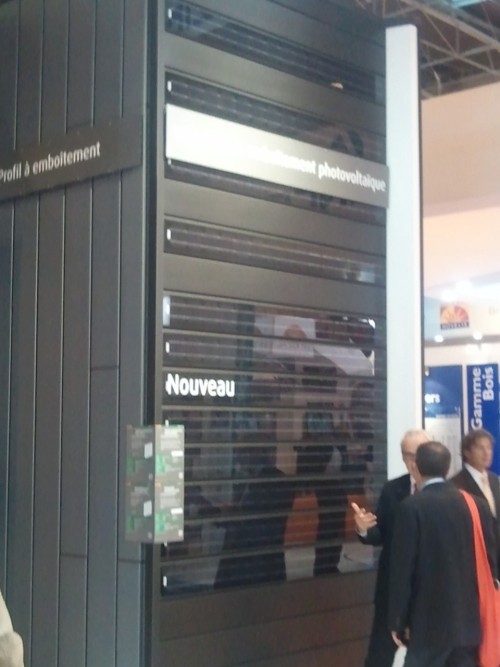
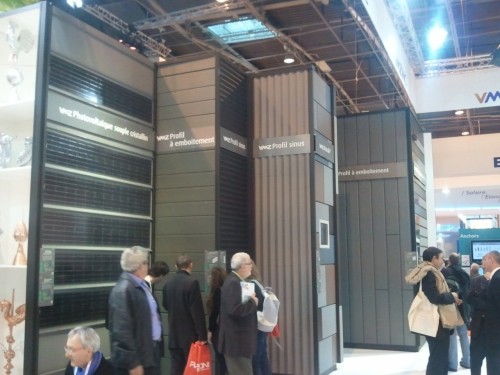
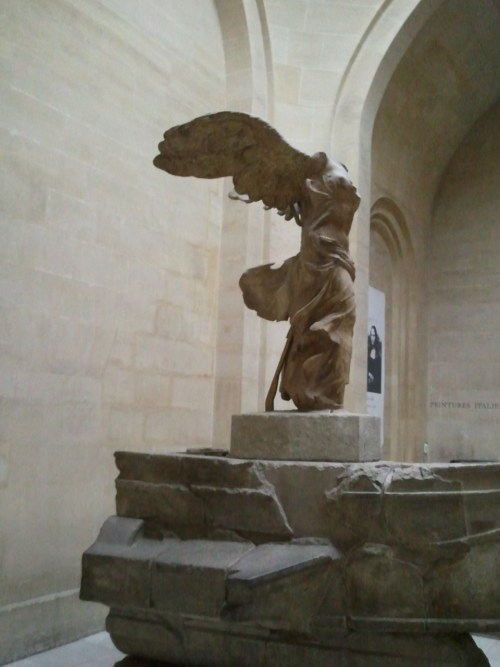
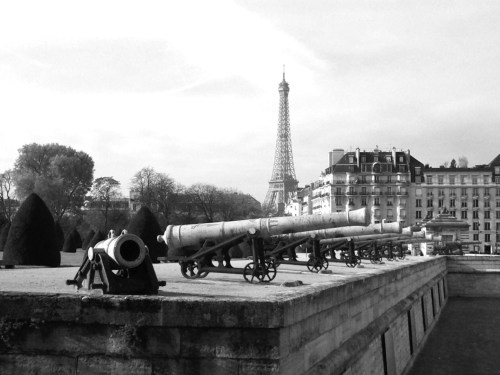
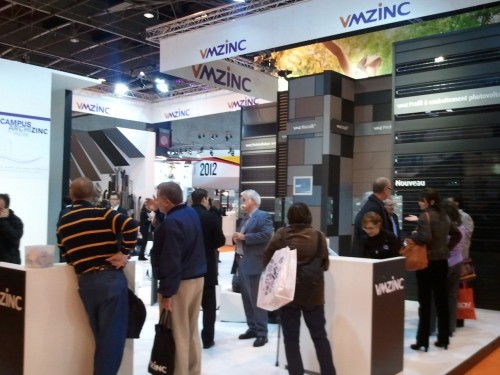
travelogue part three -days three and four & even more food: day three simply rocked! our little group of north americans (for now we had canadians among us), went to the big batimat show and gazed in wide wonder at our company’s booth. that sounds like hyperbole and company pride, and granted, there was some of that, but in reality, this booth was huge! just as a way of comparison, this booth had a coat room, a wet-bar, and an upstairs lounge. (yeah, a lounge…upstairs) ornaments hand-wrought from zinc, composite zinc, dri-design (www.dri-design.com) panels in zinc, solar on zinc, and rainwater goods (gutters and downspouts) made out of zinc, were just some of the contenders begging for some eye-time.
the thing about batimat is that it is a huge show. when a company exhibits there, they want (and need) to bring their a-game. it is definitely go big or go home. the other related thing about batimat is that if a company does not “go big,” they will be hard press to garner attention. this is due simply to size. this show is a weight loss program waiting to happen. once again, every two years this show takes place. we recommend it highly.
after the show, and after losing about five solid pounds due to the march in, around, up and down the batimat show, we got together for a little dinner cruise up and down the seine -well, not all 482 miles of it, but the parts in and around paris landmarks. what can you say about the way the french cook? how about, oh la la, these people can cook. the weight lost was easily restored.
day four brought about a free day for our batimat contingency. participants could wander the city, go back to the show, sleep late, order room service or do whatever they liked. the only contingency was that our group had to meet either in the lobby of our hotel in the early evening hours, or meet us in the lobby of the louvre a half-an-hour later.
at every batimat show, the fine folks at vmzinc put together an event that we call “international night.” during international night, attendees from around the world get together for a meal, conversation and some fun. two years ago, this meant cooking class and a meal with french chefs aboard yachts on the seine. this year it meant a scavenger type of hunt, followed by dinner and drinks -both events held in the louvre in the evening. to say that it was over the top to have access to so many areas of the museum, and then to enjoy a fine meal inside of the louvre would be an understatement. it was blissful.
it gives us great pleasure to work for and with so many great people who know how to provide exceptional products coupled with a great sense of living and having fun. we want to thank our reps and additional guests that attended this year and thank those that have attended in the past. we also enjoyed seeing our french hosts and friends (more like family)once again. we hope to see you, the reader, at a future show. that would rock! -vm
Source: www.zincsense.com
repost from www.zincsense.com